Home>Furniture & Design>Bathroom Accessories>How Long Does A Sonicare Toothbrush Last
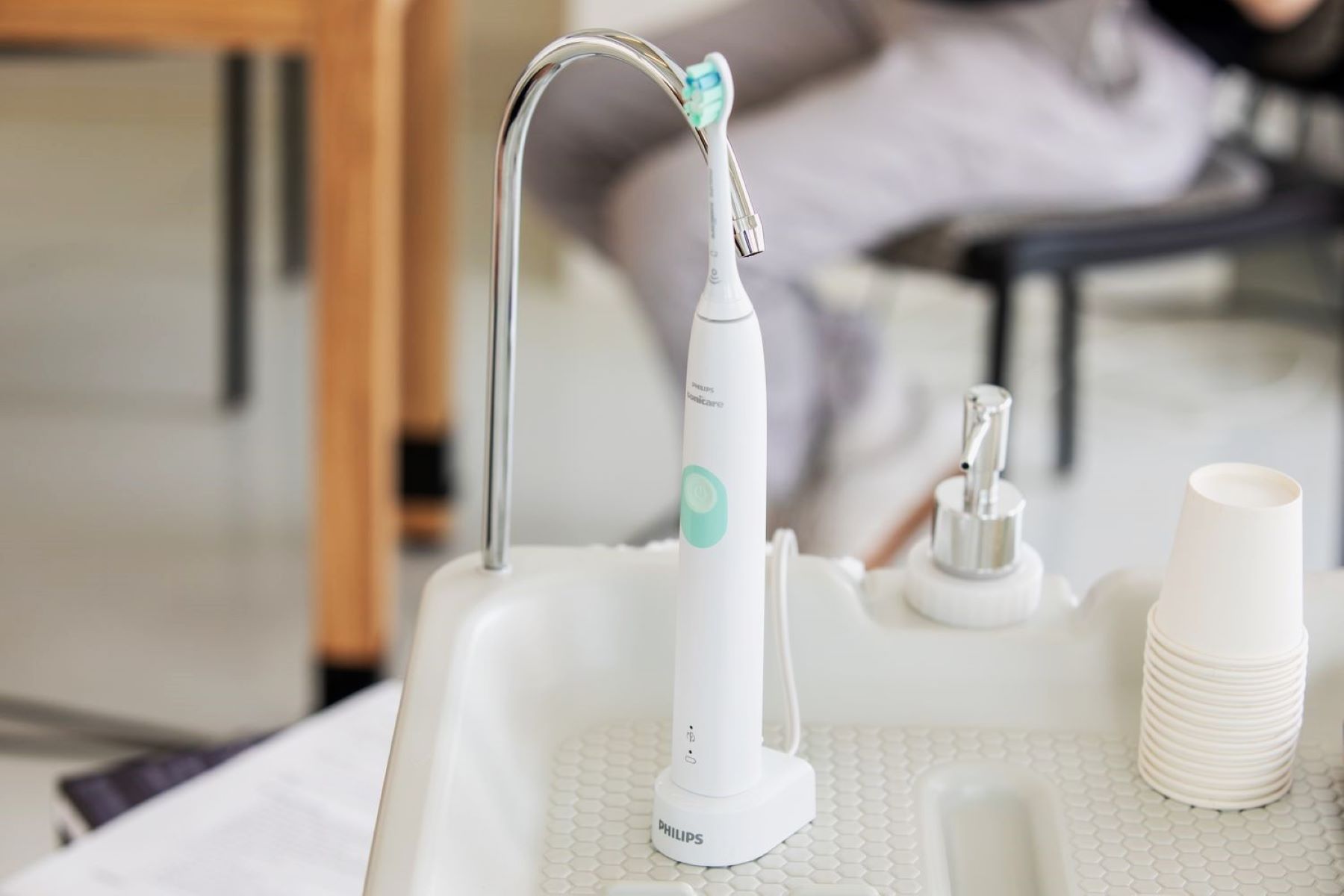

Bathroom Accessories
How Long Does A Sonicare Toothbrush Last
Modified: March 2, 2024
Discover the lifespan of Sonicare toothbrushes and ensure your bathroom accessories stand the test of time. Learn how to maximize the longevity of your toothbrush.
(Many of the links in this article redirect to a specific reviewed product. Your purchase of these products through affiliate links helps to generate commission for Storables.com, at no extra cost. Learn more)
Introduction
The Sonicare toothbrush has revolutionized the way we approach oral hygiene, offering advanced technology and superior cleaning power. As a proud owner of this innovative dental device, you may wonder about its lifespan and how to maximize its longevity. Understanding the factors that influence the lifespan of a Sonicare toothbrush and recognizing the signs that indicate the need for a replacement are crucial for maintaining optimal oral health.
In this comprehensive guide, we will delve into the various aspects of Sonicare toothbrush longevity, providing valuable insights and practical tips to help you make the most of your investment. Whether you are a seasoned Sonicare user or considering purchasing your first electric toothbrush, this article will equip you with the knowledge to ensure that your Sonicare toothbrush remains an essential part of your oral care routine for years to come.
Key Takeaways:
- Sonicare toothbrush lifespan is influenced by factors like usage frequency, maintenance, and environmental conditions. Recognizing signs of wear and implementing proper care can extend its longevity for optimal oral hygiene.
- Worn bristles, decreased cleaning performance, and outdated models are signs it may be time to replace your Sonicare toothbrush. Regular maintenance, gentle handling, and proper storage can help maximize its lifespan.
Read more: How Long Does A Toothbrush Last
Factors Affecting Sonicare Toothbrush Lifespan
The lifespan of a Sonicare toothbrush is influenced by various factors that can impact its overall durability and performance. Understanding these factors is essential for maintaining the effectiveness of your toothbrush and maximizing its longevity.
-
Frequency of Use: The frequency with which you use your Sonicare toothbrush plays a significant role in determining its lifespan. Continuous and rigorous use may lead to accelerated wear and tear of the bristles, motor, and internal components. Conversely, infrequent use may result in the accumulation of moisture and bacteria, potentially shortening the toothbrush's lifespan.
-
Proper Maintenance: Regular maintenance and care are crucial for preserving the lifespan of your Sonicare toothbrush. Proper cleaning, storage, and handling can prevent the buildup of bacteria, mold, and mildew, which can compromise the functionality of the toothbrush over time.
-
Quality of Components: The quality of the materials and components used in the construction of the Sonicare toothbrush directly impacts its lifespan. High-quality bristles, durable motor mechanisms, and robust internal circuitry contribute to a longer-lasting toothbrush that maintains its effectiveness over an extended period.
-
Environmental Factors: Environmental conditions, such as humidity and temperature, can affect the lifespan of a Sonicare toothbrush. Exposure to excessive moisture or extreme temperatures may lead to premature degradation of the toothbrush's components, reducing its overall lifespan.
-
User Handling: The way in which the toothbrush is handled and used by the individual can influence its longevity. Rough handling, improper storage, or accidental drops can cause physical damage to the toothbrush, potentially impacting its performance and lifespan.
-
Technological Advancements: As technology evolves, newer models of Sonicare toothbrushes may offer enhanced features and improved durability compared to older versions. Upgrading to a newer model with advanced technology and superior construction may prolong the lifespan of the toothbrush.
Understanding these factors can empower Sonicare users to take proactive measures to extend the lifespan of their toothbrushes, ensuring optimal performance and hygiene benefits for an extended period.
Signs That Your Sonicare Toothbrush Needs Replacement
Over time, your Sonicare toothbrush may exhibit signs indicating the need for a replacement to maintain optimal oral hygiene. Recognizing these signs is crucial for ensuring that your toothbrush continues to effectively support your dental care routine. Here are the key indicators that suggest it may be time to consider replacing your Sonicare toothbrush:
-
Worn Bristles: The bristles of your Sonicare toothbrush are designed to effectively remove plaque and debris from your teeth. However, over time, the bristles can become frayed and worn, diminishing their cleaning efficacy. If you notice that the bristles appear flattened, splayed, or no longer spring back to their original position, it is a clear indication that the toothbrush needs replacement.
-
Decreased Cleaning Performance: As the toothbrush ages, you may observe a decline in its cleaning performance. This could manifest as reduced vibration intensity, diminished bristle movement, or an overall decrease in cleaning effectiveness. If you find that your toothbrush no longer delivers the same level of cleaning power as it did when it was new, it may be time to consider replacing it.
-
Persistent Wear and Tear: Regular use of the Sonicare toothbrush can lead to wear and tear on the internal components, motor, and battery. If you notice persistent signs of wear, such as unusual noises, decreased battery life, or visible damage to the body of the toothbrush, it is a strong indication that the toothbrush has reached the end of its lifespan.
-
Hygiene Concerns: Over time, the interior of the toothbrush, including the bristle head and internal components, can accumulate bacteria, mold, and mildew. Despite thorough cleaning, the accumulation of these contaminants may become unavoidable, compromising the overall hygiene of the toothbrush. If you have concerns about the cleanliness of your toothbrush, it may be time to consider replacing it to maintain optimal oral hygiene.
-
Outdated Model: As technology advances, newer models of Sonicare toothbrushes may offer enhanced features, improved cleaning performance, and superior durability. If you are using an older model that lacks the latest advancements, upgrading to a newer version can ensure that you benefit from the latest innovations in dental care technology.
By being attentive to these signs, you can proactively assess the condition of your Sonicare toothbrush and make informed decisions regarding its replacement, ensuring that your oral hygiene remains a top priority.
It is recommended to replace the brush head of a Sonicare toothbrush every 3 months for optimal performance and hygiene.
Tips for Extending the Lifespan of Your Sonicare Toothbrush
Maintaining the longevity of your Sonicare toothbrush is essential for maximizing its performance and ensuring a consistently effective oral care routine. By implementing the following tips, you can extend the lifespan of your Sonicare toothbrush and derive long-term benefits from this advanced dental device.
-
Proper Cleaning and Storage: After each use, thoroughly rinse the brush head to remove any residual toothpaste and debris. Additionally, ensure that the brush head is completely dry before placing it back in its storage compartment. Properly ventilating the brush head and allowing it to air dry can prevent the accumulation of moisture, which can lead to bacterial growth and premature wear of the bristles.
-
Regular Replacement of Brush Heads: The brush head of your Sonicare toothbrush plays a pivotal role in maintaining optimal cleaning performance. It is recommended to replace the brush head every three months or sooner if the bristles show signs of wear. By adhering to this guideline, you can ensure that the bristles remain effective in removing plaque and debris from your teeth, thereby prolonging the overall lifespan of the toothbrush.
-
Gentle Handling and Storage: Handle your Sonicare toothbrush with care to prevent accidental damage. Avoid dropping the toothbrush or subjecting it to excessive force, as this can impact its internal components and overall functionality. When not in use, store the toothbrush in a clean and dry environment, away from direct sunlight and moisture.
-
Regular Maintenance of Internal Components: While the exterior of the toothbrush is important, it is equally essential to maintain the internal components. Periodically check for any debris or buildup around the base of the brush head and the internal mechanisms. Gently clean these areas using a soft, damp cloth to prevent the accumulation of residue that can affect the toothbrush's performance.
-
Charging and Battery Care: Properly maintain the battery of your Sonicare toothbrush by following the manufacturer's guidelines for charging and usage. Avoid overcharging the toothbrush, as this can impact the battery's longevity. Additionally, if you plan to store the toothbrush for an extended period, ensure that it is adequately charged to prevent battery depletion.
-
Environmental Considerations: Be mindful of the environmental conditions in which you store and use your Sonicare toothbrush. Avoid exposing the toothbrush to extreme temperatures or excessive humidity, as these factors can impact its overall lifespan. Store the toothbrush in a cool, dry place to maintain its integrity and functionality.
By incorporating these tips into your oral care routine, you can effectively extend the lifespan of your Sonicare toothbrush, ensuring that it continues to deliver exceptional cleaning performance and contribute to your overall oral health for an extended period.
Conclusion
In conclusion, the lifespan of a Sonicare toothbrush is influenced by various factors, including frequency of use, proper maintenance, quality of components, environmental conditions, user handling, and technological advancements. By understanding these factors, Sonicare users can take proactive measures to extend the lifespan of their toothbrushes, ensuring optimal performance and hygiene benefits for an extended period.
Recognizing the signs that indicate the need for a replacement is crucial for maintaining optimal oral hygiene. Worn bristles, decreased cleaning performance, persistent wear and tear, hygiene concerns, and the use of an outdated model are key indicators that suggest it may be time to consider replacing a Sonicare toothbrush. By being attentive to these signs, users can proactively assess the condition of their toothbrushes and make informed decisions regarding their replacement, ensuring that their oral hygiene remains a top priority.
To extend the lifespan of a Sonicare toothbrush, proper cleaning and storage, regular replacement of brush heads, gentle handling and storage, regular maintenance of internal components, and proper charging and battery care are essential. By incorporating these tips into their oral care routines, users can effectively extend the lifespan of their Sonicare toothbrushes, ensuring that they continue to deliver exceptional cleaning performance and contribute to their overall oral health for an extended period.
In essence, maintaining the longevity of a Sonicare toothbrush is essential for maximizing its performance and ensuring a consistently effective oral care routine. By understanding the factors that influence its lifespan, recognizing the signs that indicate the need for a replacement, and implementing practical tips for extending its longevity, Sonicare users can derive long-term benefits from this advanced dental device. With proper care and attention, a Sonicare toothbrush can remain an essential part of an individual's oral care routine, providing superior cleaning power and contributing to overall oral health for years to come.
Frequently Asked Questions about How Long Does A Sonicare Toothbrush Last
Was this page helpful?
At Storables.com, we guarantee accurate and reliable information. Our content, validated by Expert Board Contributors, is crafted following stringent Editorial Policies. We're committed to providing you with well-researched, expert-backed insights for all your informational needs.
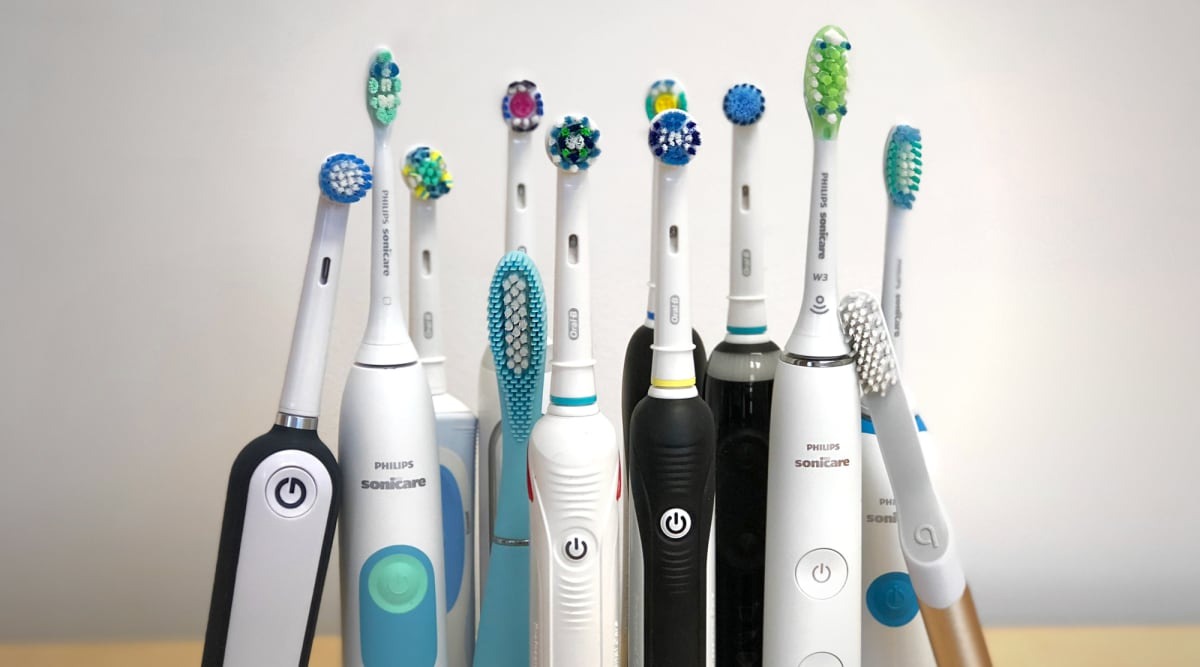
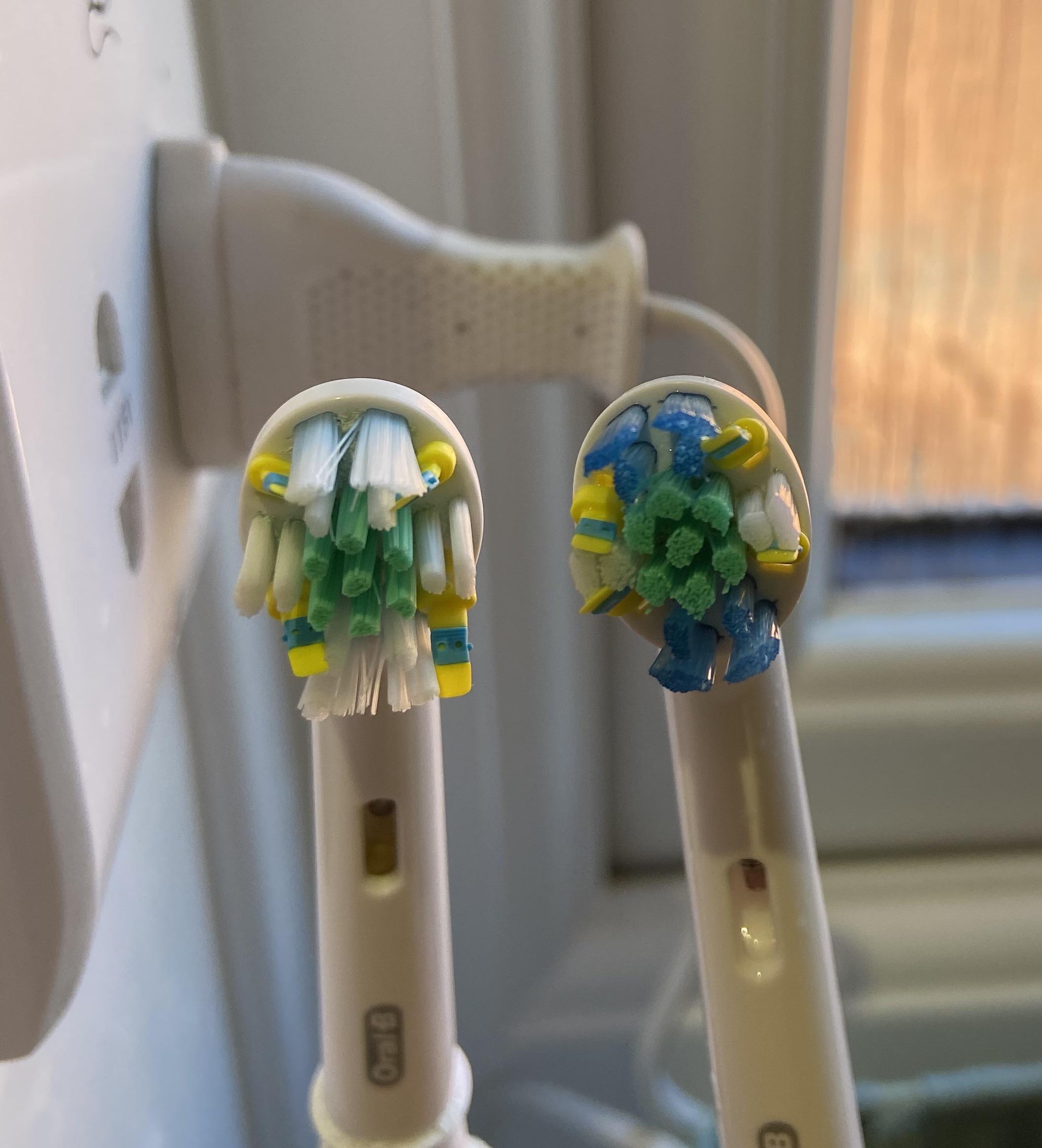
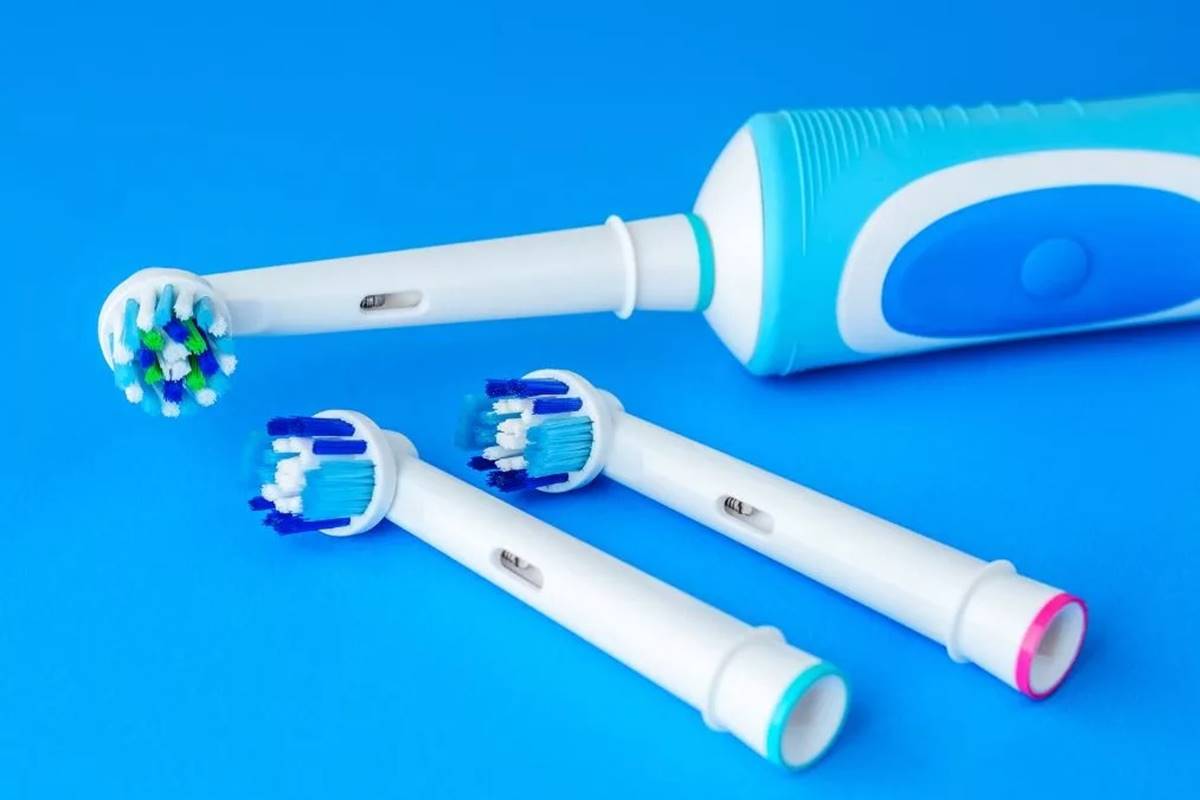
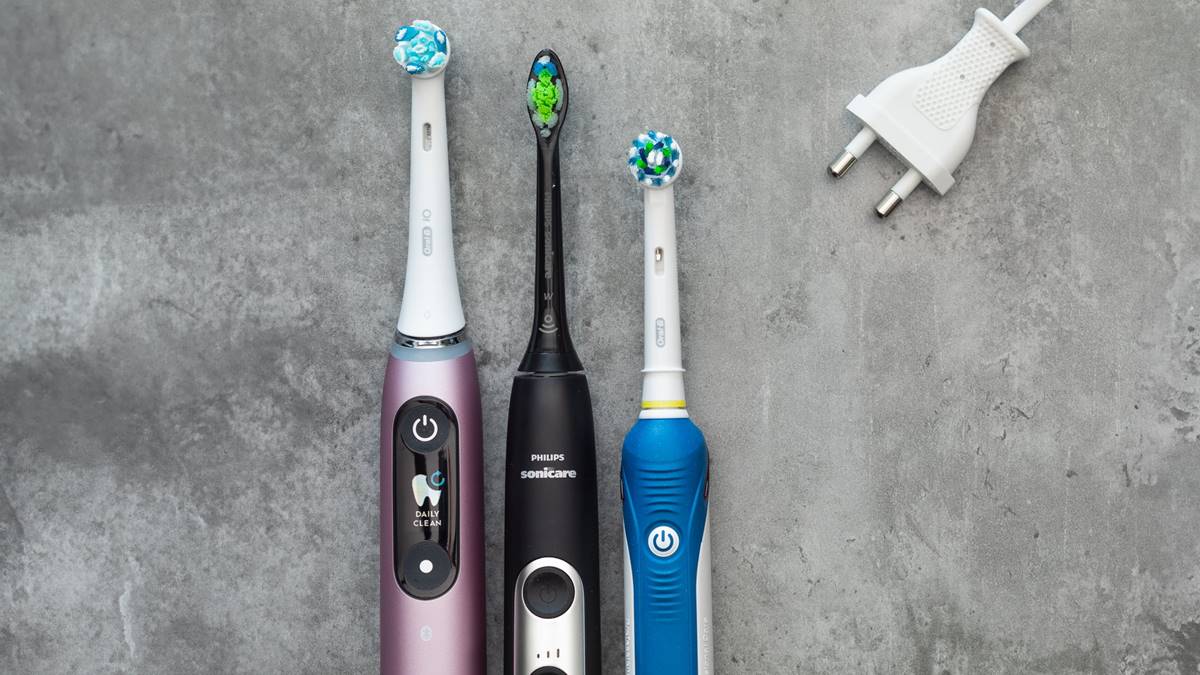
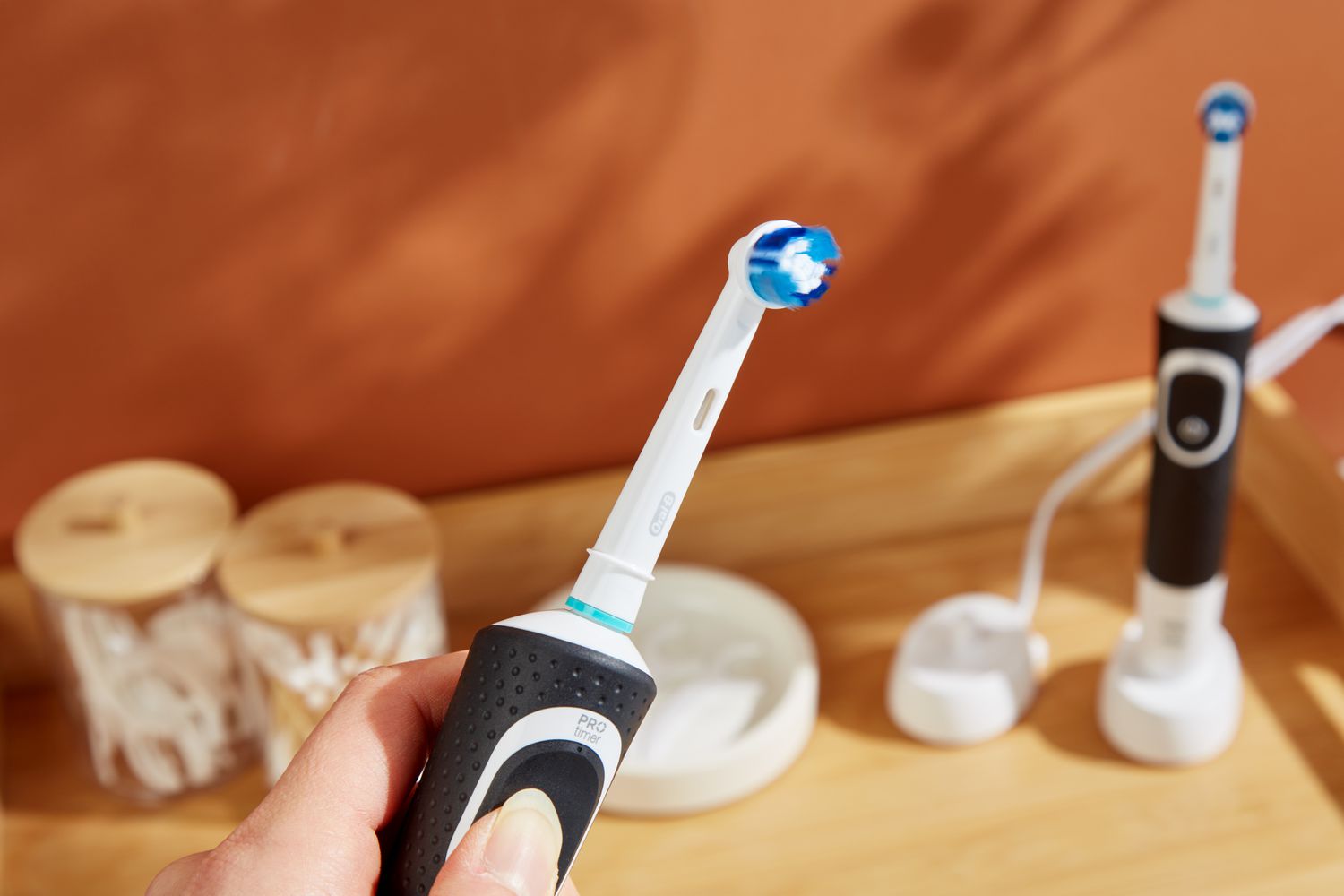
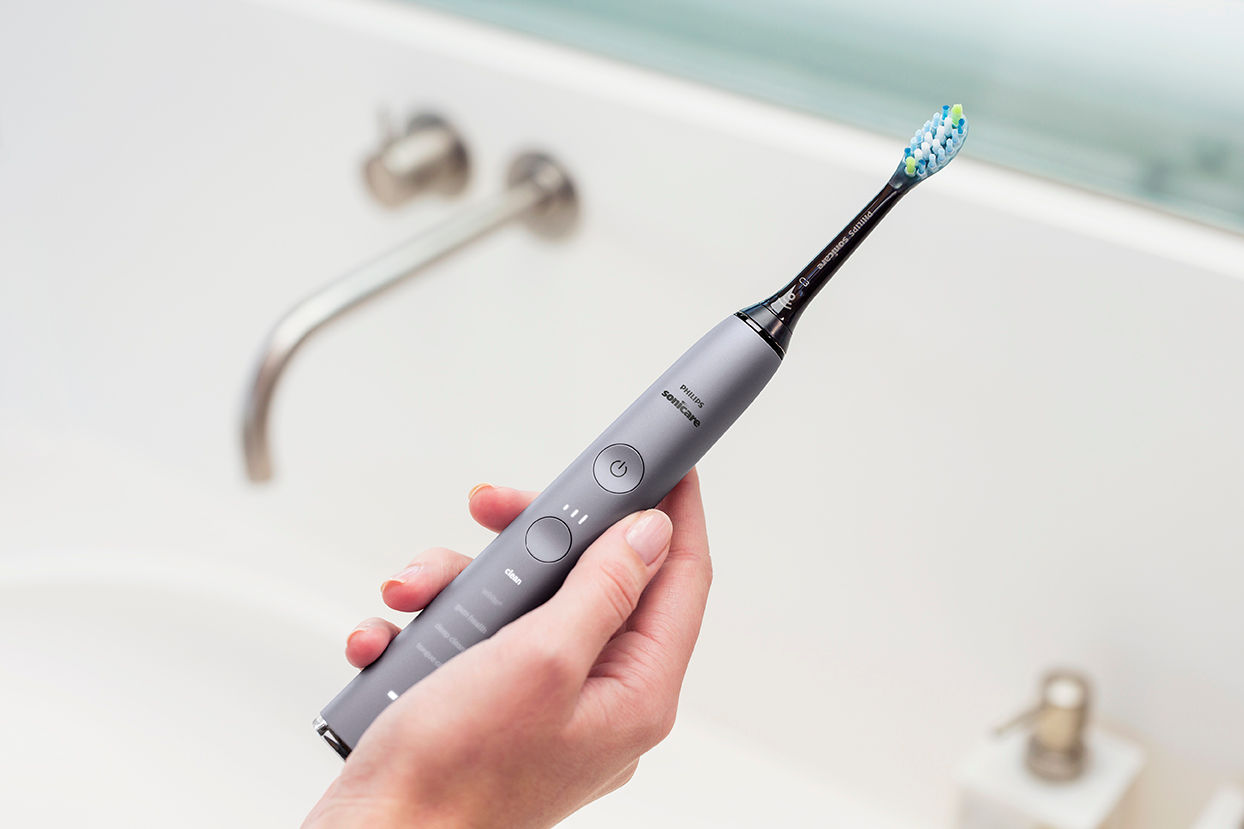
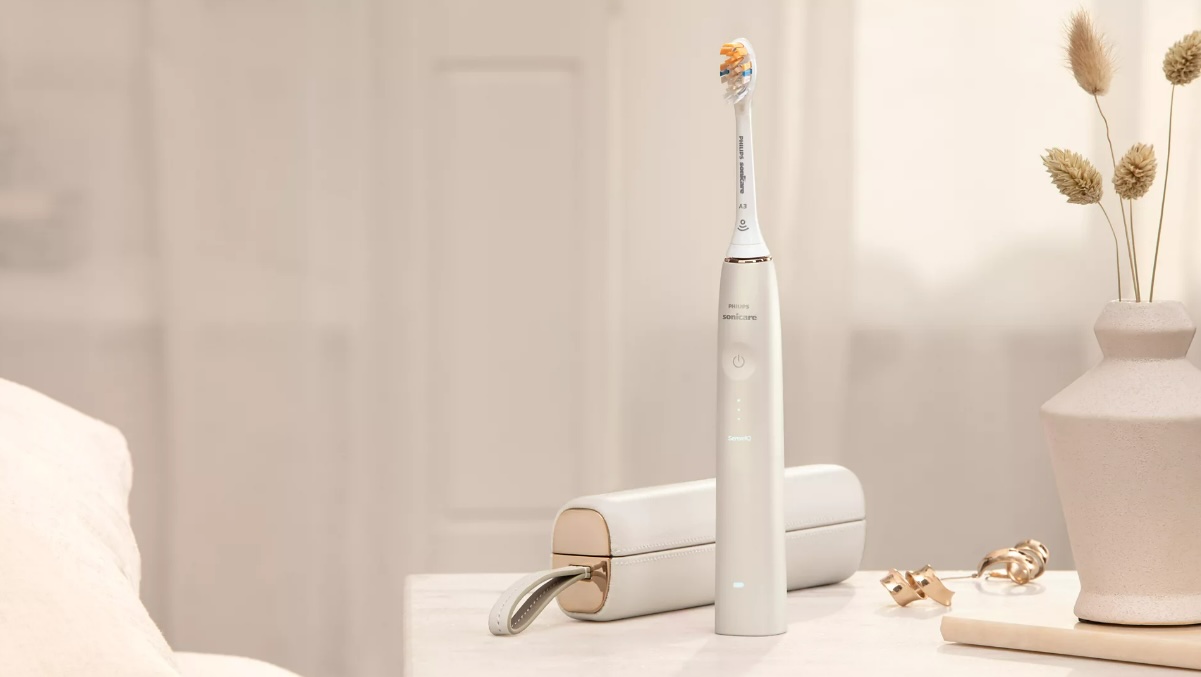

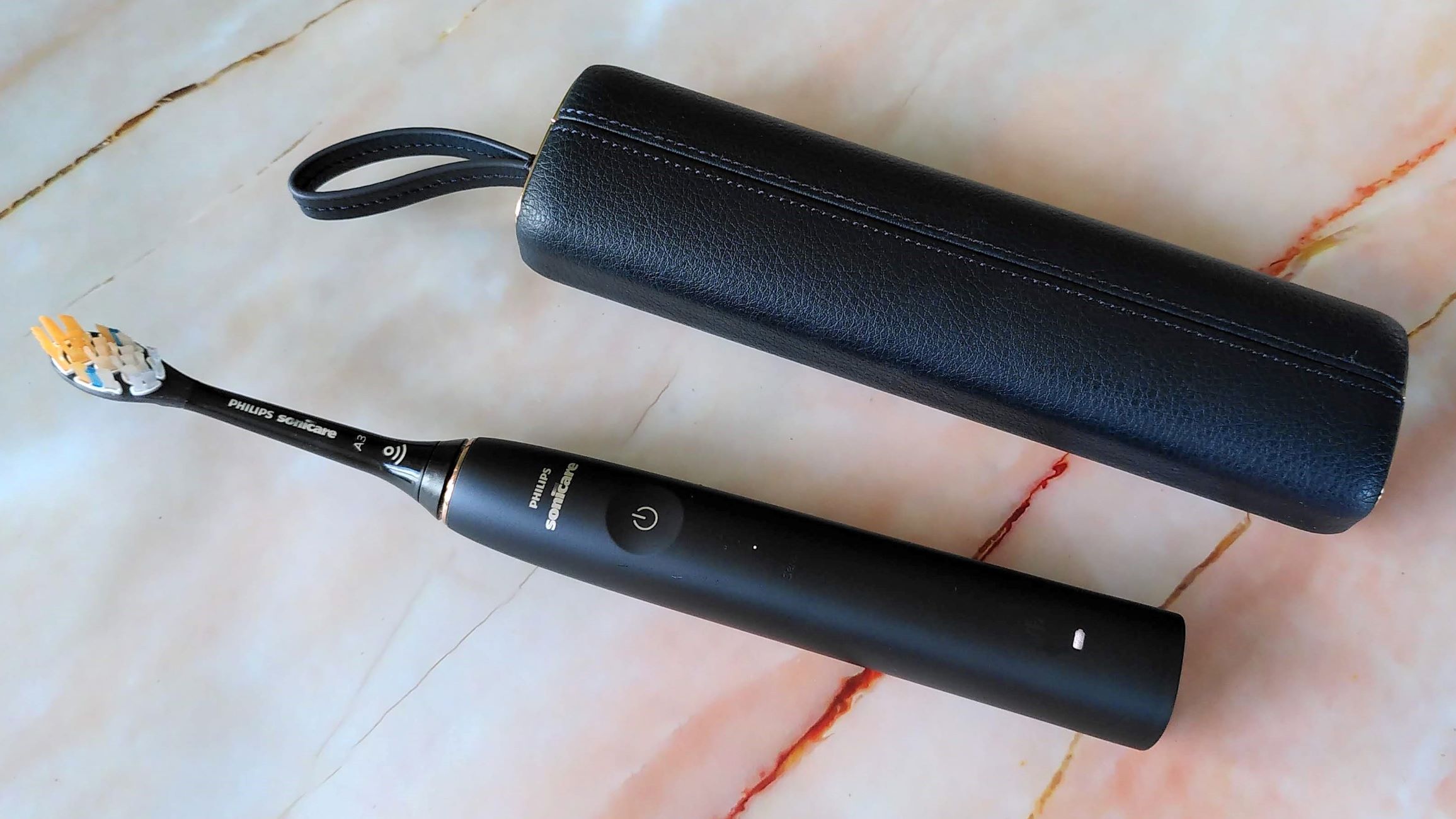
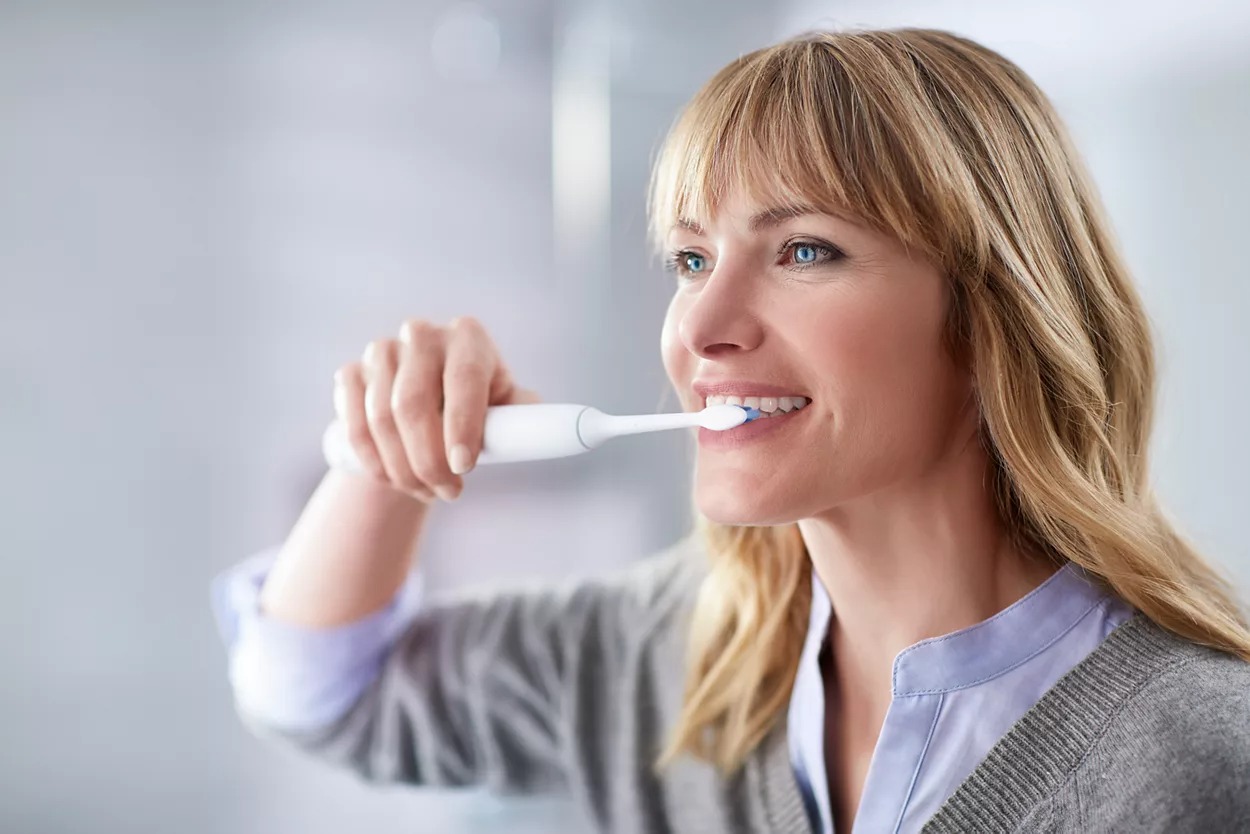
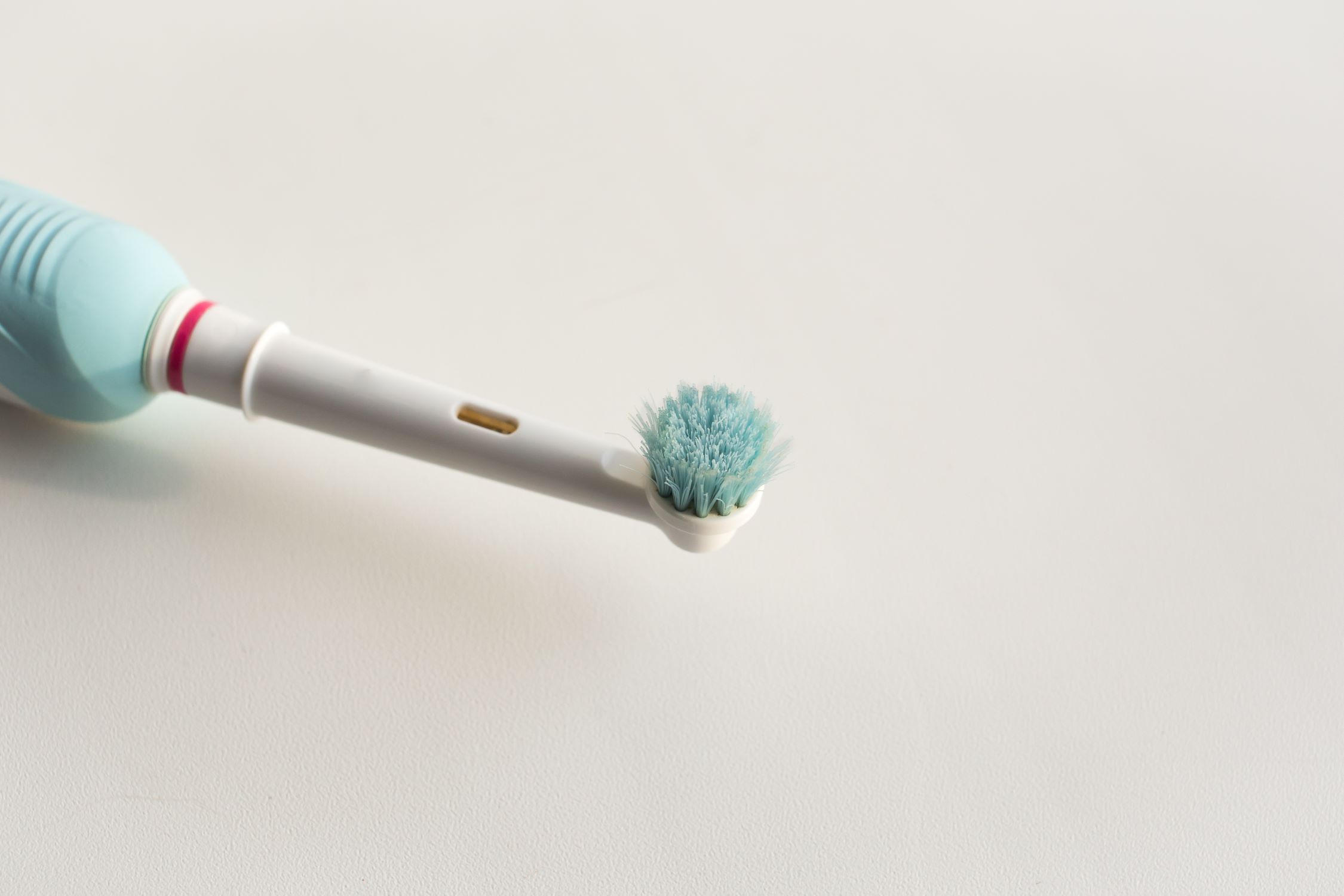
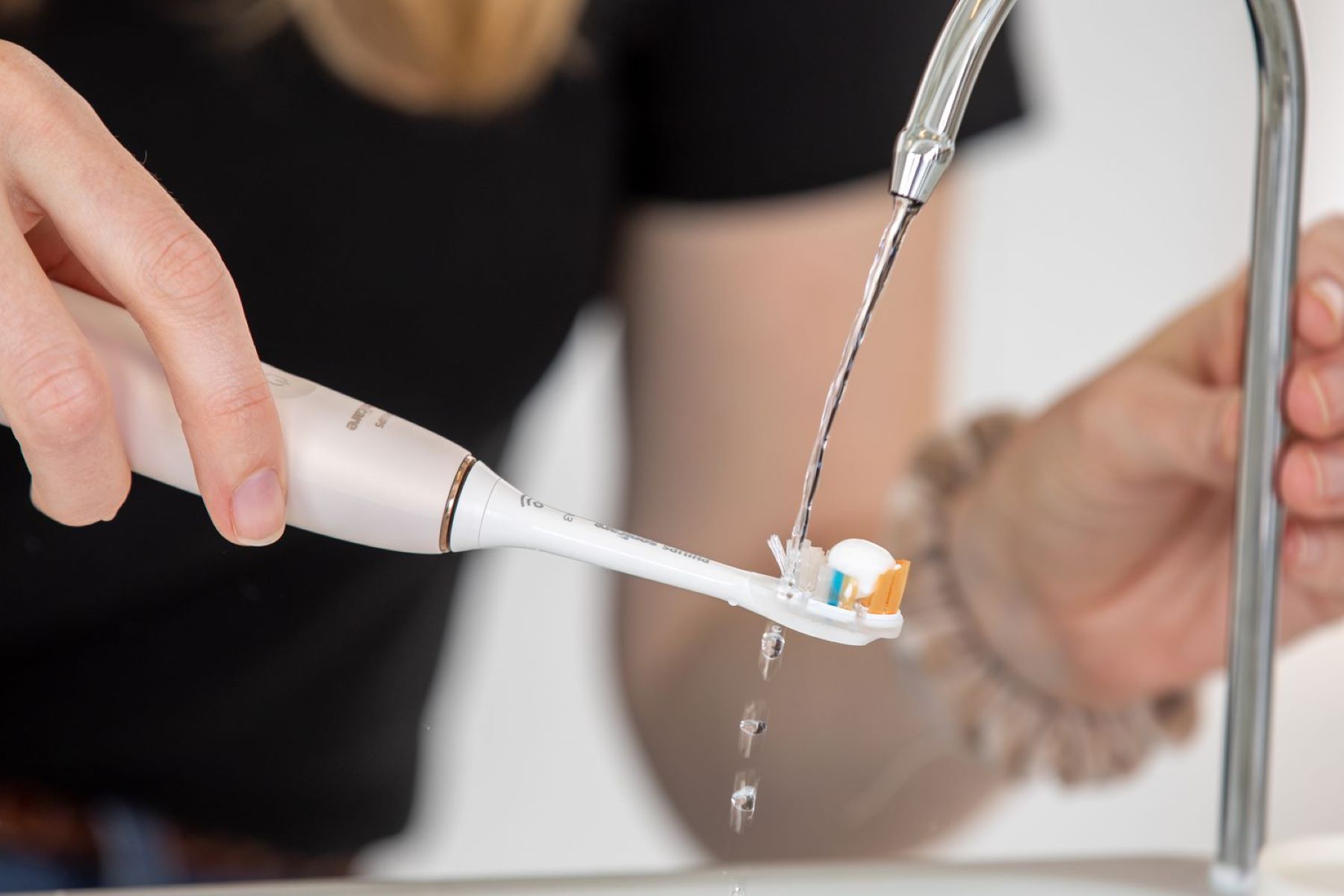
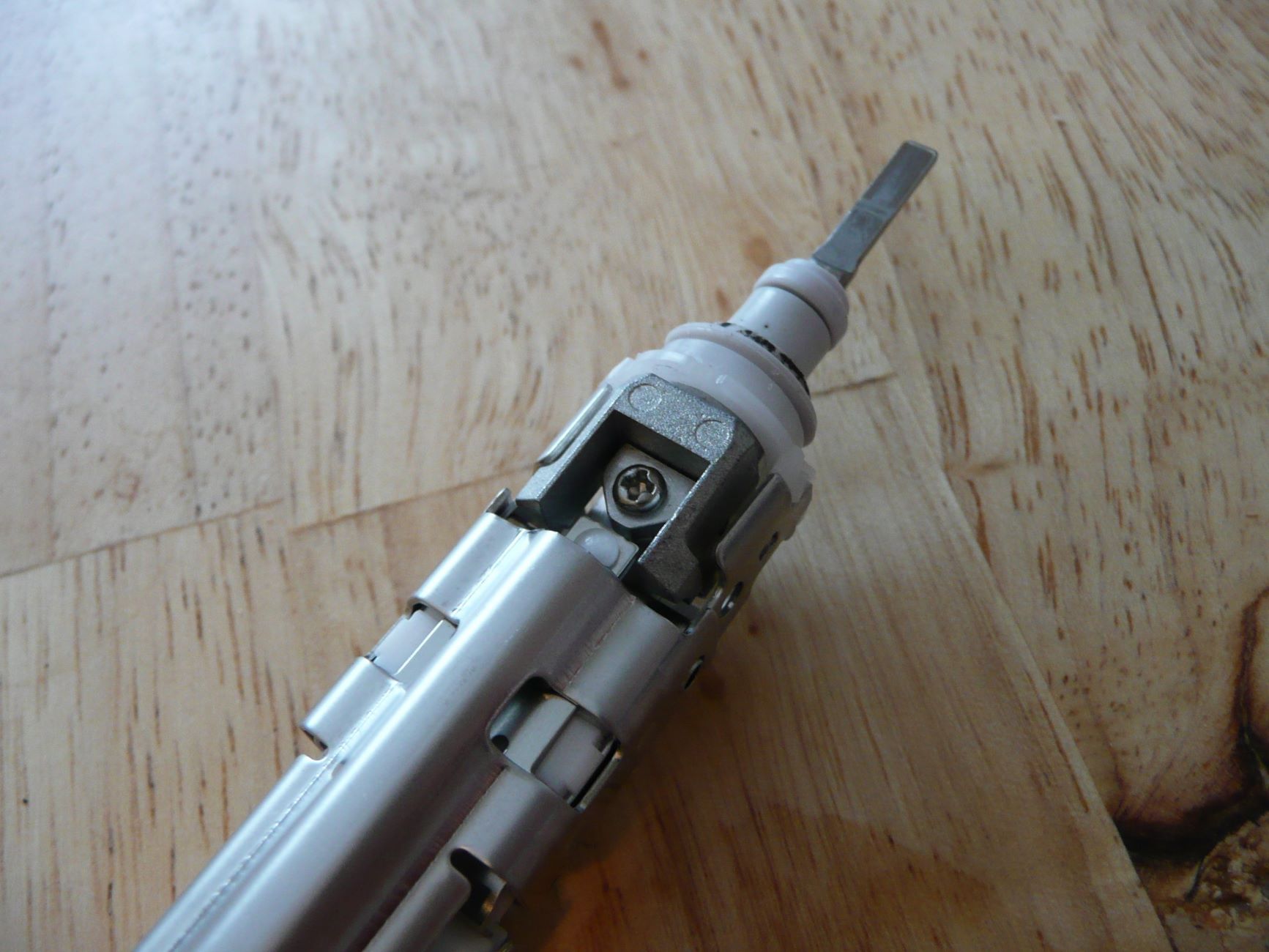
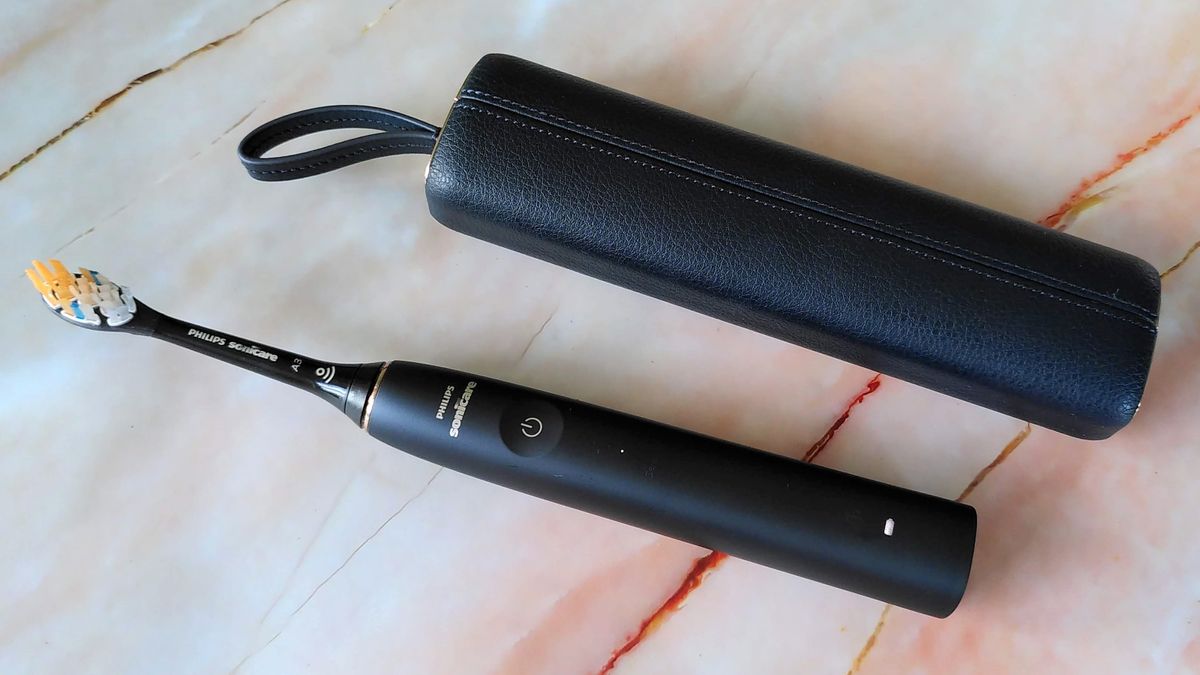
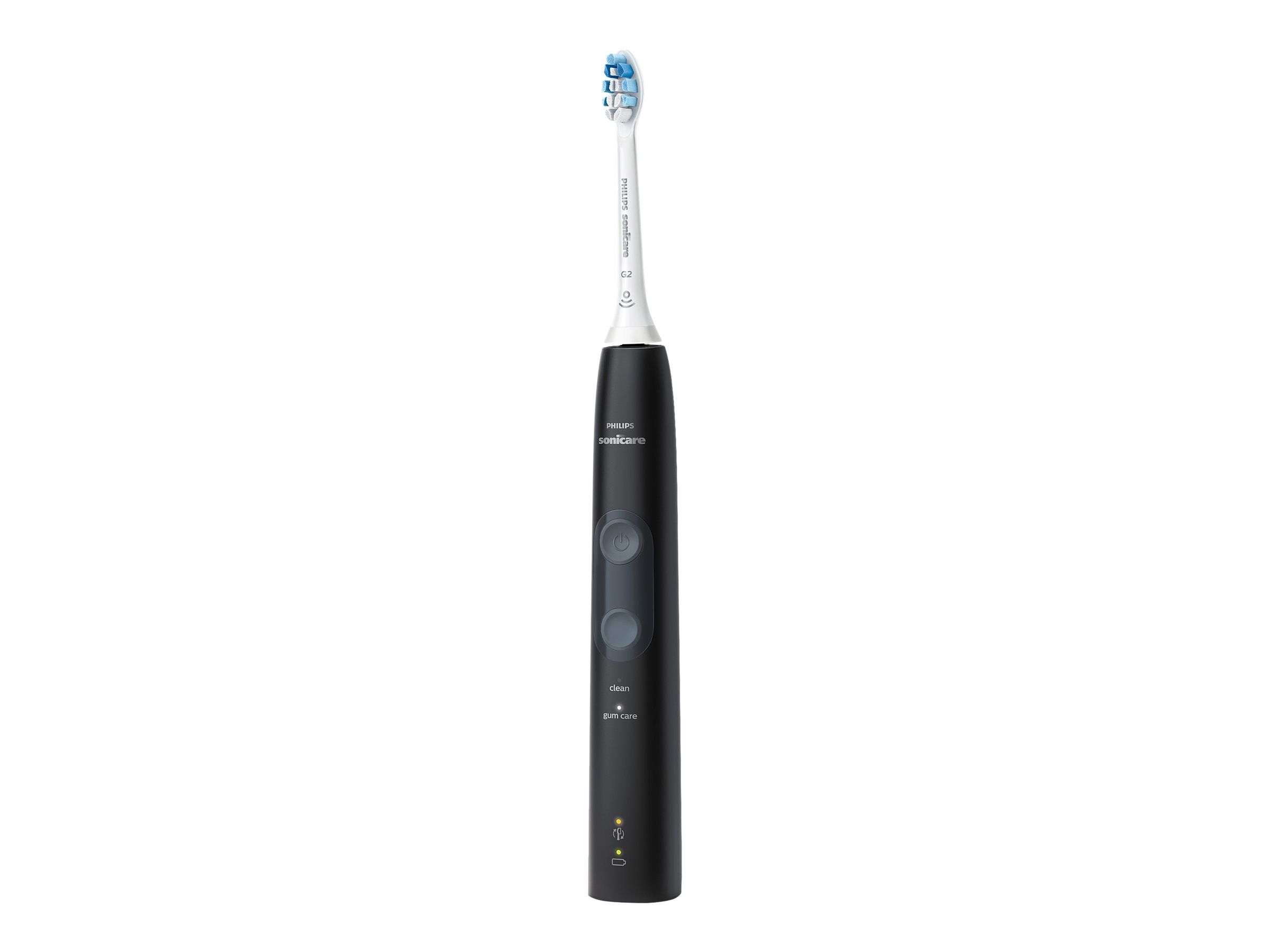

0 thoughts on “How Long Does A Sonicare Toothbrush Last”